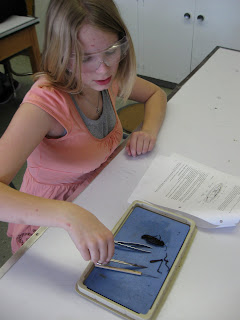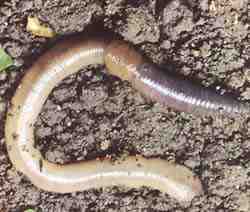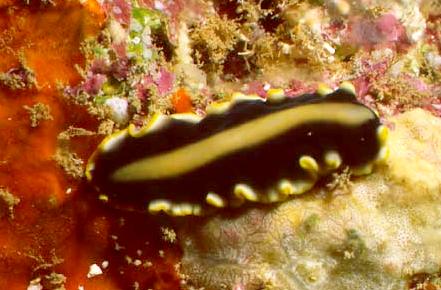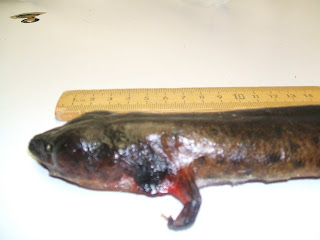*WILKINS BIRD LECTURE* - Tonight!
"The Second Atlas of Breeding Birds in New York: 20 years of change."
Speaker: Kevin McGowan of the Cornell Lab of Ornithology
SUNY Cortland Sperry Hall Rm 106
Extra Credit for those that come!
Informal reception starting at 7:00 p.m. with talk to follow, 7:15–8:15 p.m. --Kevin J. McGowan received his B.S. and M.S. degrees in Zoology from the Ohio State University and a Ph.D. in Biology from the University of South Florida, where he studied the social development of Florida Scrub-Jays. He came to Cornell University in 1988 as curator of the Ornithology and Mammalogy collections in the Department of Ecology & Evolutionary Biology. He moved to the Cornell Lab of Ornithology in 2001. He helped create the All About Birds web site and wrote the Bird Guide section. He just finished co-editing and writing much of the recently published book, The Second Atlas of Breeding Birds in New York State. He is currently the coordinator for the Lab's Home Study Course in Bird Biology. He has been studying the biology and social behavior of crows around Ithaca, NY for over 20 years.
 Saturday the Sisterhood of Science traveled to Cornell's Duffield Hall to take part in several hands-on activites dealing with groundwater. Water as a resource will be a huge issue in the next 10-15 years. It's just hard for us to see here in the Northeast where we receive a modest annual rainfall.
Saturday the Sisterhood of Science traveled to Cornell's Duffield Hall to take part in several hands-on activites dealing with groundwater. Water as a resource will be a huge issue in the next 10-15 years. It's just hard for us to see here in the Northeast where we receive a modest annual rainfall. Here, Cassie and Gabby try to figure out which wells were contaminated in a simulated town.
Here, Cassie and Gabby try to figure out which wells were contaminated in a simulated town. The girls studied porosity of different soil types ranging from clay to gravel.
The girls studied porosity of different soil types ranging from clay to gravel. Now that's teamwork! Thank you to the Cornell Nanobiotechnology Center for organizing and arranging these opportunities for us.
Now that's teamwork! Thank you to the Cornell Nanobiotechnology Center for organizing and arranging these opportunities for us.















